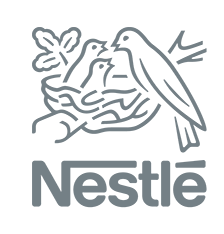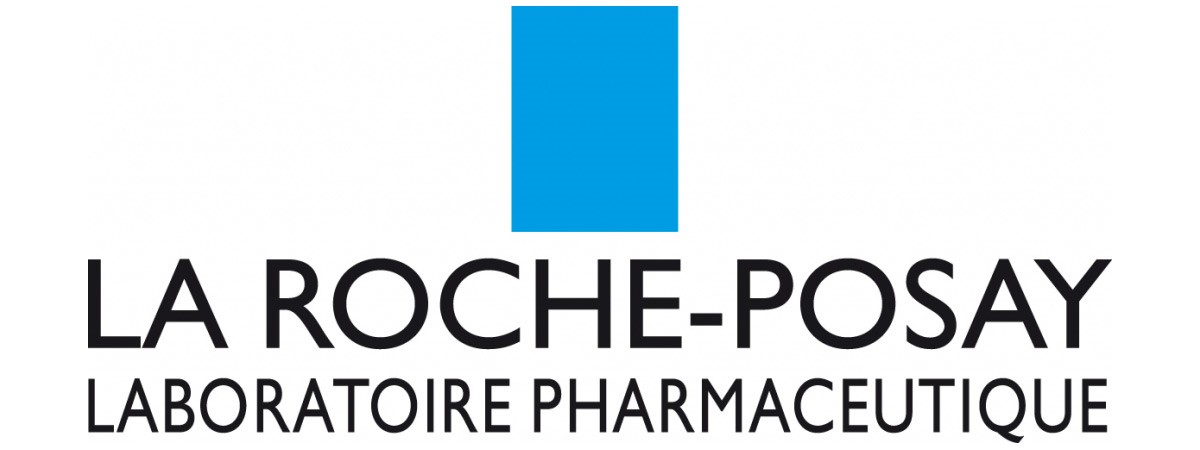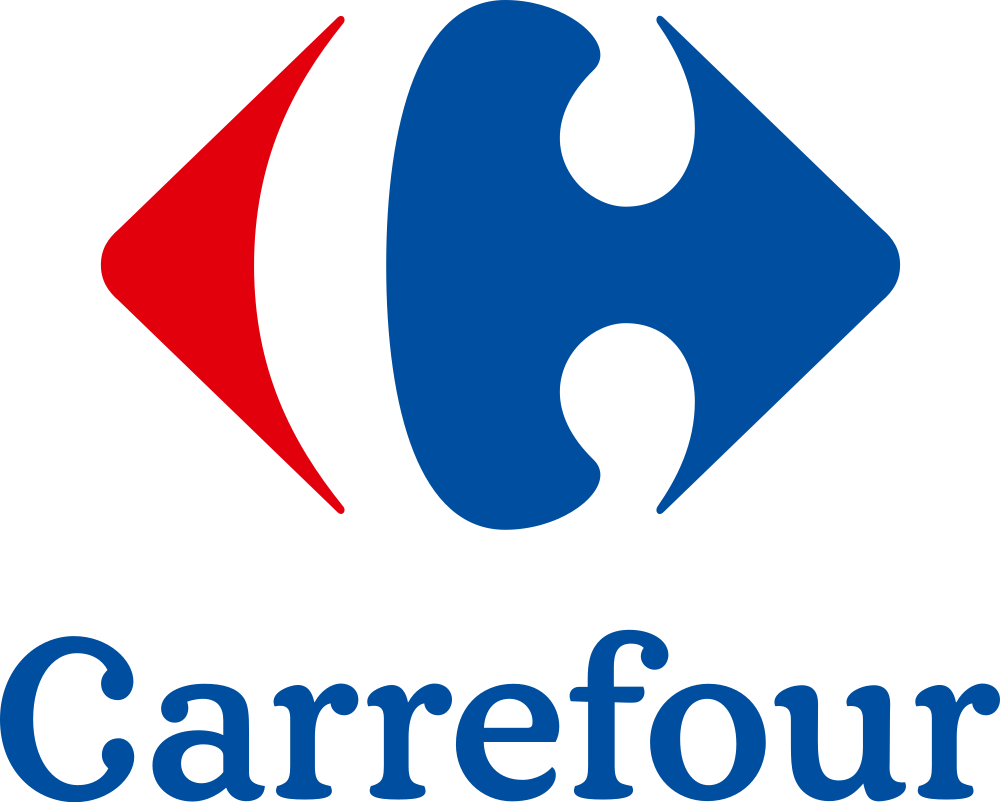Summary
to understand this market
Detailed content
 Inforamtion
Inforamtion
- Number of pages : 30 pages
- Format : Digital and PDF versions
- Last update : 06/12/2021
 Summary and extracts
Summary and extracts
1 Market overview
1.1 Presentation and definition of the market
The parapharmacy market includes all sales of care and hygiene products (for adults and babies), but also many types of products that do not require a medical prescription, such as beauty products, diet and nutrition products, sun care products, hair care products, etc.
The parapharmaceutical market has evolved considerably since its emergence in the 1980s and the consumption of parapharmaceutical products has become more democratic by opening up to all distribution methods: pharmacies, specialist retailers, parapharmacies and online sales.
This evolution has been accompanied by an extension of the offer towards new territories of beauty. The parapharmacy market is growing rapidly in Spain, driven on the one hand by the growing importance given to appearance and personal care, and on the other hand by a growing attention to the quality of the care used (in cosmetics in particular), leading to a premiumisation of consumption towards parapharmacy products.
However, the arrival of new entrants and the digital transformation of the sector pose new challenges to the historical players in the market, giving product innovation an increasingly central role in strategies
1.2 The domestic market
The perfumery and cosmetics market in Spain
The perfumery and cosmetics market is growing rapidly, strongly driven by the performance of the parapharmacy market. In ****, the perfumery and cosmetics market grew by *% to reach *.** billion euros, with a total of *.** billion units consumed in volume. [***]
The average consumption per person thus ...
1.3 Le marché espagnol
Le marché de la parfumerie et cosmétique en Espagne
Le marché de la parfumerie et cosmétique est en pleine croissance, tirant fortement les performances du marché de la parapharmacie. La consommation moyenne par personne s’élève ainsi à ***€ /an, soit *,*% de plus que la moyenne européenne située ...
1.4 Le commerce extérieur des produits pharmaceutiques
Concernant le commerce international, nous considérons les données fournies par UN Comtrade pour le code marchandise **** " Produits pharmaceutiques ". Comme le montre le graphique ci-dessous, les importations et les exportations de produits pharmaceutiques varient au cours des dernières années, avec des hausses et baisses récurrentes.
Les importations ...
1.5 L'impact du Covid 19 sur le marché
La pandémie a modifié la consommation espagnole dans les parapharmacies, en changeant à la fois le type de produits et les modèles de demande. En effet, ces deux aspects n'ont pas répondu aux tendances des années précédentes. En peu de temps, ces entreprises de la grande ...
2 Demand Analysis
2.1 The use of beauty and care products in Spain
Beauty and care products, which make up a large proportion of parapharmaceutical products, are very widely used among the Spanish population. In ****, for example, the number of regular purchasers of oral hygiene products was estimated at **.* million, the number of regular purchasers of hair care products at **.* million, and the number ...
2.2 Consumer purchasing behaviour
Who's the typical pharmacy buyer?
According to a Shopper Tec survey, the typical profile of the parapharmacy buyer in pharmacies is female (***). The average age of the buyer is ** years old. [***]
Preferred channels for purchasing
Many products available in parapharmacies can also be purchased through other distribution channels, and consumers of ...
2.3 Demand trend: dermocosmetics
Within this market, the dermocosmetics segment is very much in vogue: worldwide, the dermocosmetics market has more than doubled over the last fifteen years. Western Europe accounts for the vast majority of the market, with **% of the world's value, and Spain is in *th place th world market behind France, Italy ...
2.4 La saisonnalité de la demande
En outre, la demande de certains produits pharmaceutiques et extra-pharmaceutiques est très saisonnière. En général, l'utilisation de produits pharmaceutiques a lieu principalement en automne et en hiver, car les basses températures et le temps défavorable font partie des facteurs qui contribuent à l'affaiblissement de l'organisme. Toutefois, ...
3 Market structure
3.1 A market that is not very unified
The parapharmacy market includes a very diversified offer, segmented into many types of products, and as such it is difficult to give general market shares on the parapharmacy market. It is indeed more interesting to give market shares by segment, because the forces at play and the balance of power vary ...
3.2 Franchising of parapharmaceutical brands
According to the Spanish Association of Franchisees, in **** Spain will have ** franchises operating in the parapharmacy and dietetics sector, representing **** establishments and *,*** jobs.
The total turnover of the sector's franchises reached ***.* million euros in ****, a very strong growth of **.*% compared to ****. [***]
Source: ****
3.3 Changes in market structure
Sephora
In ****, Sephora inaugurated its first parapharmacy corner in the Rambla de Cataluña store in Barcelona. In ****, the brand continued along this path with the opening of other corners (***). [***]
Amazon
In ****, the e-commerce giant has announced that it too wants to enter the parapharmacy market in Spain, staggering its introduction ...
3.4 L'essor du commerce électronique
Plusieurs acteurs européens d’envergure se sont fait une place de choix dans la vente en ligne d’articles de parapharmacie en ligne, à l’image des groupes belges Newpharma (***), exploite quant à lui la première marketplace de parapharmacie d’Europe, Doctipharma. Ces acteurs misent avant sur l’attractivité de leurs ...
4 Analysis of the offer
4.1 A very wide and diversified offer
The parapharmacy offer covers a very large number and diversity of products. Among the main categories are the following:
The make-up Personal hygiene products: shower gels, shampoos, intimate hygiene Deodorants and antiperspirants Perfumes Oral hygiene products: toothpaste, toothbrush, dental floss, mouthwash, etc Dietetic and nutritional products, including food supplements Body care Facial ...
4.2 Geographical distribution of pharmacies-parapharmacies
In parallel with the expansion of the supply of parapharmaceuticals, the number of parapharmacies in Spain has also grown strongly over the last ten years. Thus, while Spain had **,*** pharmacies in ****, it will have **,*** in ****, an increase of *.*% in ** years. [***]
Source: ****
The Autonomous Communities with the highest number of pharmacies-parapharmacies in ...
5 Regulation
5.1 The regulatory framework for food supplements
The European Union has established a series of regulations, through the Directive ****/**/EC of the European Parliament, whose aim is to protect the health of consumers and to ensure transparency of information communicated on food supplements. This Directive defines food supplements as foodstuffs whose purpose is to supplement the daily diet, ...
5.2 The Cosmetic Regulation n°1223/2009
The Regulation n°****/**** the Cosmetics Regulation is one of the main regulatory texts at European level for the cosmetics market.
Designation of a responsible person
For each product placed on the market, companies must designate a Responsible Person (***). The Responsible Person can be the manufacturer, the importer if the manufacturer is ...
5.3 The REACH Regulation
The REACH Regulation (***) is a European legislation that came into force in **** with the aim of making the manufacture and use of chemical substances in European industry safer. [***]
This regulation applies to all chemical substances, both those used in industrial processes and those present in products used on a daily basis ...
6 Positioning of the players
6.1 Segmentation
6.2 Les principales enseignes de parapharmacies
Ci-dessous est présenté les principales enseignes de parapharmacies (***) sont très présentes dans la distribution des produits de parapharmacie en points de vente physique. En effet, ces acteurs ont l'avantage de disposer à travers leur réseau d'enseigne de distribution alimentaire d'une implantation locale sur l'ensemble du territoire national, qu'ils ...
- Weleda
- L'Oréal Groupe
- Nestlé Groupe
- Johnson & Johnson
- La Roche-Posay
- Carrefour
- Mercadona
- Sephora
- Amazon
- Pierre Fabre Iberia
- ISDIN
- CantabriaLabs
- Lacer
- Stada
- Dermofarm
 List of charts
List of charts
- Nombre de pharmacies pour 100.000 habitants
- Revenu du marché pharmaceutique dans le monde
- L'importance des soins personnels et des produits cosmétiques dans la vie quotidienne
- Number of buyers by product type
- Part des consommatrices de soins pour la peau et maquillage au moins une fois par semaine, par tranche d'âge
All our studies are available online in PDF format
Take a look at an example of our research on another market!
Latest news
Companies quoted in this study
This study contains a complete overview of the companies in the market, with the latest figures and news for each company. :
 Choosing this study means :
Choosing this study means :
Access to more than 35 hours of work
Our studies are the result of over 35 hours of research and analysis. Using our studies allows you to devote more time and added value to your projects.
Benefit from 6 years' experience and over 1,500 industry reports already produced
Our expertise enables us to produce comprehensive studies in all sectors, including niche and emerging markets.
Our know-how and methodology enable us to produce reports that offer unique value for money.
Access to several thousand articles and paid-for data
Businesscoot has access to all the paid economic press as well as exclusive databases to carry out its market research (over 30,000 articles and private sources).
To enhance our research, our analysts also use web indicators (semrush, trends, etc.) to identify market trends and company strategies. (Consult our paying sources)
Guaranteed support after your purchase
A team dedicated to after-sales service, to guarantee you a high level of satisfaction. +44 238 097 0676
A digital format designed for our users
Not only do you have access to a PDF, but also to a digital version designed for our customers. This version gives you access to sources, data in Excel format and graphics. The content of the study can therefore be easily retrieved and adapted for your specific needs.
 Our offers :
Our offers :
the parapharmacy market | Spain
- What are the figures on the size and growth of the market?
- What is driving the growth of the market and its evolution?
- What is the positioning of companies in the value chain?
- Data from several dozen databases
5 reports pack (-15%) ES Spain
- 5 reports at €75.6 excluding VAT per study to choose from our Spanish catalogue for 12 months
- Save 15% on additional studies purchased
- Choose to be refunded any unused credit at the end of the 12-month period (duration of the pack)
See the terms and conditions of the pack and the refund of unused credit.





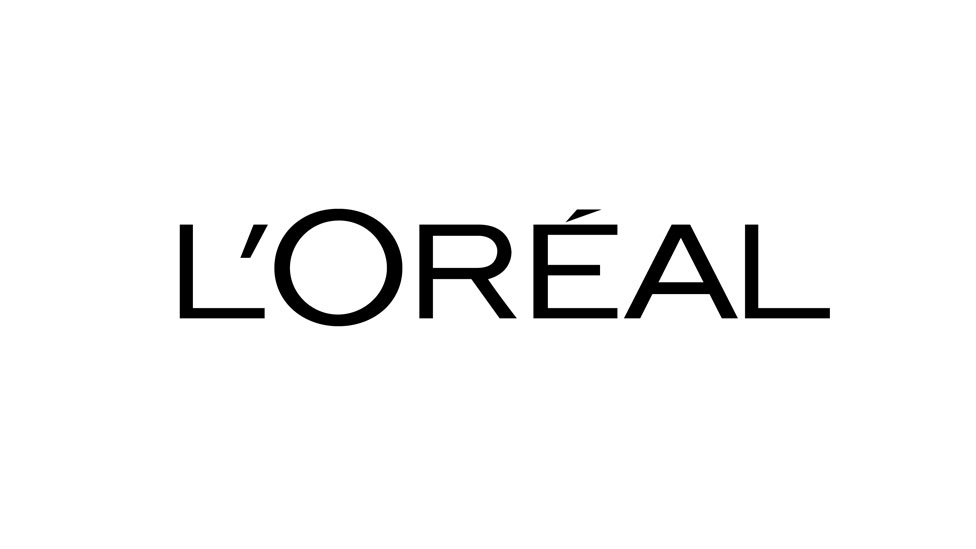 L'Oréal becomes number one in luxury cosmetics and dethrones Estée Lauder - 11/02/2024
L'Oréal becomes number one in luxury cosmetics and dethrones Estée Lauder - 11/02/2024
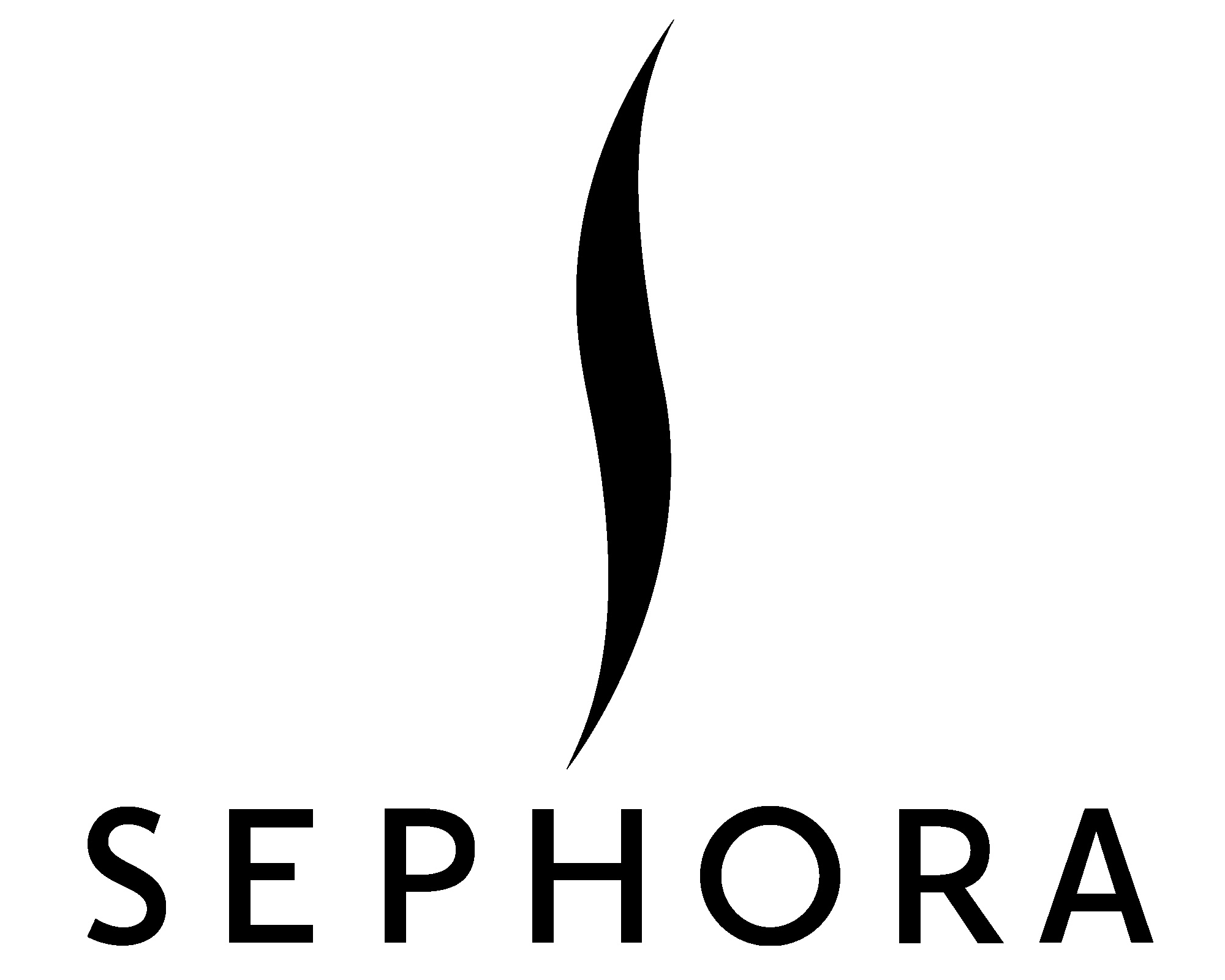 Sephora to rapidly increase sales from 12 to 20 billion euros - 23/10/2023
Sephora to rapidly increase sales from 12 to 20 billion euros - 23/10/2023
 Amazon exceeds 10 billion euros in sales in France - 27/09/2023
Amazon exceeds 10 billion euros in sales in France - 27/09/2023

